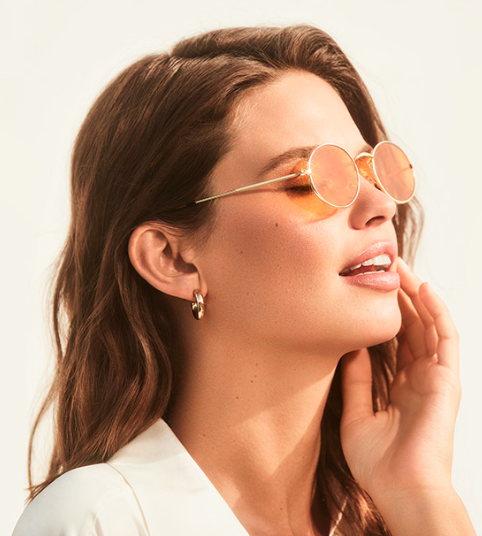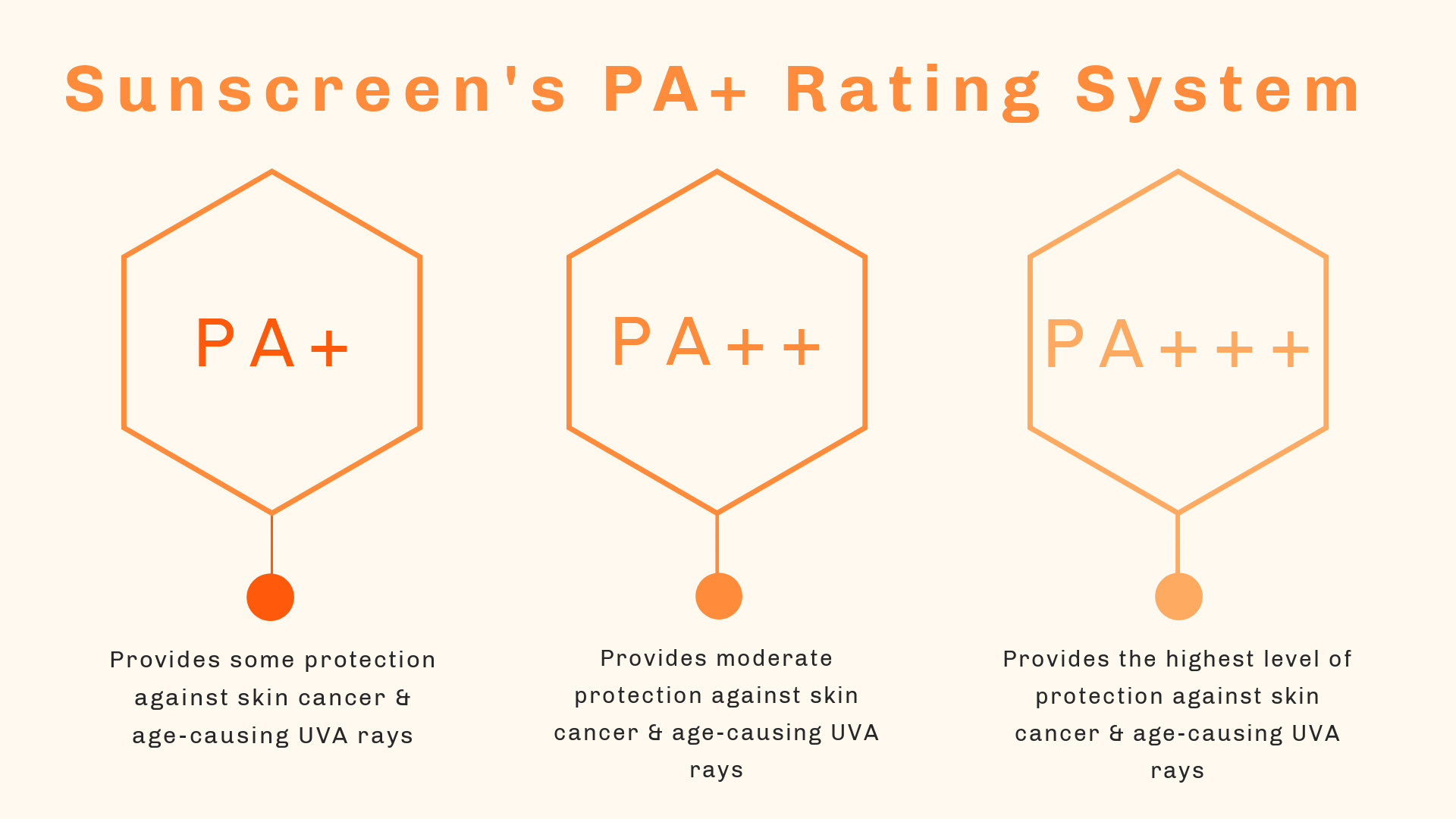It's "C" Season! The Best Summer Skincare Backed by Science
- Posted on
- By Lizzie Johnson

Synonymous with summertime, sunscreen is the skin's seasonal mainstay--and one of the best preventative products for healthy skin. But did you know that a highly protective SPF is just the start of a well-rounded routine for your best summer skin?
Synonymous with summertime, sunscreen is the skin's seasonal mainstay--and one of the best preventative products for healthy skin. But did you know that a highly protective SPF is just the start of a well-rounded routine for your best summer skin?
As we sail headlong into sun season, it's a great time to evaluate your summer skincare routine. Just like the depths of winter, the height of summer requires a different and unique approach to ensure skin stays hydrated, strong, and healthy. We've pulled together our favorite key products and ingredients alongside a serious dose of science to keep your skin in tip top shape all season long.
Summer Skin Essential: Antioxidant Serum
Antioxidants are substances that prevent oxidative damage in skin cells and free radical damage. They are both a key preventative and corrective component to any skincare regimen year-round. The best antioxidant serums contain more than 8% L-ascorbic acid (vitamin C), and often contain a cocktail of other antioxidant ingredients. These free-radical fighting powerhouses are called broad-range antioxidants, and they are ultra-effective at obliterating oxidative damage caused by both internal and environmental stressors like sun exposure. Apply your broad-range antioxidant serum in the morning to optimize benefits throughout the day.
Some of our very favorite broad-range antioxidant cocktails include Natura Bisse's C+C 20% Antioxidant Serum and SkinCeuticals' collection of broad-range antioxidant serums, including CE Ferulic, Phloretin CF, and Silymarin CF (please note that Houppette offers the full SkinCeuticals line in store only; we are happy to take phone orders for all SkinCeuticals products 302-421-9036).
Summer's Superstar: The Sunscreen
By now, most of us are keenly aware that we *should* be applying some sort of daily SPF protection to our skin--even on cold and cloudy days. But while we all may have a cursory understanding of the basic levels of protection afforded by including sunscreen in our skincare routines, a deeper understanding may help you choose the best formula for your skin, activity level, and lifestyle.
Sunscreens come in many formulations, but generally break down into two categories or types: physical sunscreen and chemical sunscreen.

Generally, physical sunscreen (also known as mineral sunscreen) offers superior protection for heavier sun exposure without causing adverse reactions because it cannot interact with the skin--it simply forms a physical barrier. They are also generally considered safe for expectant mothers and babies. However, physical sunscreen has a few caveats as well: they may feel heavier on the skin, they can rub off easily, more product needs to be applied to ensure skin is adequately covered (literally), and the titanium dioxide/zinc oxide active ingredients in these formulations can leave a white film on the skin.
Chemical sunscreens work by absorbing harmful UVA/UVB rays and breaking them down into heat. They are more elegant on the skin and feel thinner when applied, they are more easily incorporated into cosmetic products (most tinted moisturizers containing SPF utilize chemical sunscreen ingredients), and less product is needed on the skin for adequate protection. However, chemical sunscreens can absorb and interact with the skin. Sensitive, allergy-prone, or acneic skin types may want to avoid chemical sunscreens for this reason.
Regardless of whether your sunscreen contains a physical or chemical SPF, it is important to look for a product labeled "broad spectrum". Broad spectrum is a label for sunscreen that designates that the product protects against both UVA and UVB rays. Starting in 2011, the FDA began requiring that all sunscreen formulas labeled as "broad spectrum" protect against both UVA and UVB rays. Different sunscreen ingredients protect against different wavelengths of the sun's rays, as shown below.

SPF Sidebar: Numbers and Ratings
It's no secret that the higher the SPF value (SPF 25, 30, 40, 50, etc) corresponds with the amount of protection that particular sunscreen affords its wearer. For example, we often hear our customers expressing that they want either "more" or "less" protection from their sunscreen. However, contrary to popular belief, the SPF number on a product refers to the length of time your skin is protected, rather than the literal amount of protection.
So if you're going for, say, an SPF 30 because you know you can get a little more tan versus when you wear an SPF 50, what is actually happening is the SPF 30 is wearing off sooner and letting your skin go unprotected (I.E. exposing your skin to oxidative damage-causing UVA/UVB rays that trigger your skin's melanocytes to increase melanin production in an attempt to protect your skin from further damage). You may get less of a tan with your SPF 50, but it's because your skin is protected longer than it would be with a lower grade of sunscreen.
In addition to a sunscreen's SPF rating, you may also have started to see another rating: PA+ (the number of plus signs can vary). The PA+ is a rating that communicates the level of UVA protection offered by a product. The PA+ rating designates a product as providing some protection against UVA rays, PA++ products provide moderate protection, and PA+++ (or even PA++++ in some countries) provide the highest level of protection from UVA rays.

Why do UVA rays get their own special rating system? Well it turns out that UVB rays are responsible for skin redness and burning when skin is exposed to sun damage--and that's not great and can lead to premature skin aging. However, because they penetrate the skin at a deeper level, UVA rays are those primarily responsible for genetic damage and account for the bulk of the damage associated with skin cancer and aging. And FYI, UVA rays are the primary type of radiation used in most tanning beds.
Unsung Heroes: Reparative Ingredients & Gel Creams
The somewhat unsung heroes of sun season include several nourishing and moisturizing formulations that not only soothe and calm the skin when things go awry, but also deeply hydrate and protect to round out a super effective summertime skincare routine.
Include a barrier protecting, deeply moisturizing treatment gel or cream in your summertime skincare regimen to prevent dehydration and promote cellular repair after being outdoors. It's no secret that hydrated skin functions more optimally than drier skin, and just because it may be humid outside or skin doesn't feel particularly dry to the touch doesn't mean that your surface cells aren't thirsty. Find a formulation that is calming and soothing, with anti-inflammatory ingredients like niacinamide and skin-quenching hyaluronic acid.
A few of our very favorites include Natura Bisse's C+C Oil-free Gel Cream and Tolerance Recovery Cream, and SkinCeuticals Daily Moisture and Triple Lipid Restore 2:4:2 (please note that Houppette offers the full SkinCeuticals line in store only; we are happy to take phone orders for all SkinCeuticals products 302-421-9036).
These topical treatment moisturizers alongside drinking plenty of water, applying a daily broad-range antioxidant and a quality SPF will have your summer skin feeling fabulous all season long so you can enjoy all the sun season fun without compromising your skin's beauty and health.
Image Credit:
Cover image courtesy of Natura Bisse (https://www.naturabisse.com/us/en/c-c-vitamin-line/)

